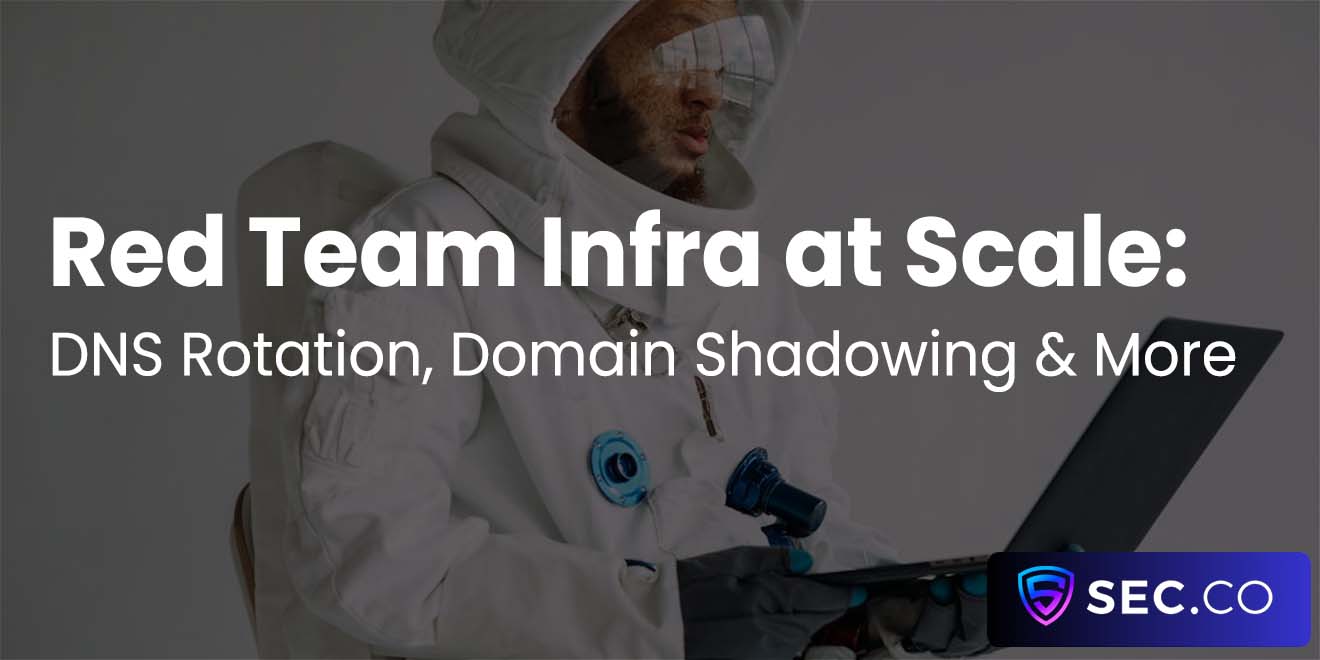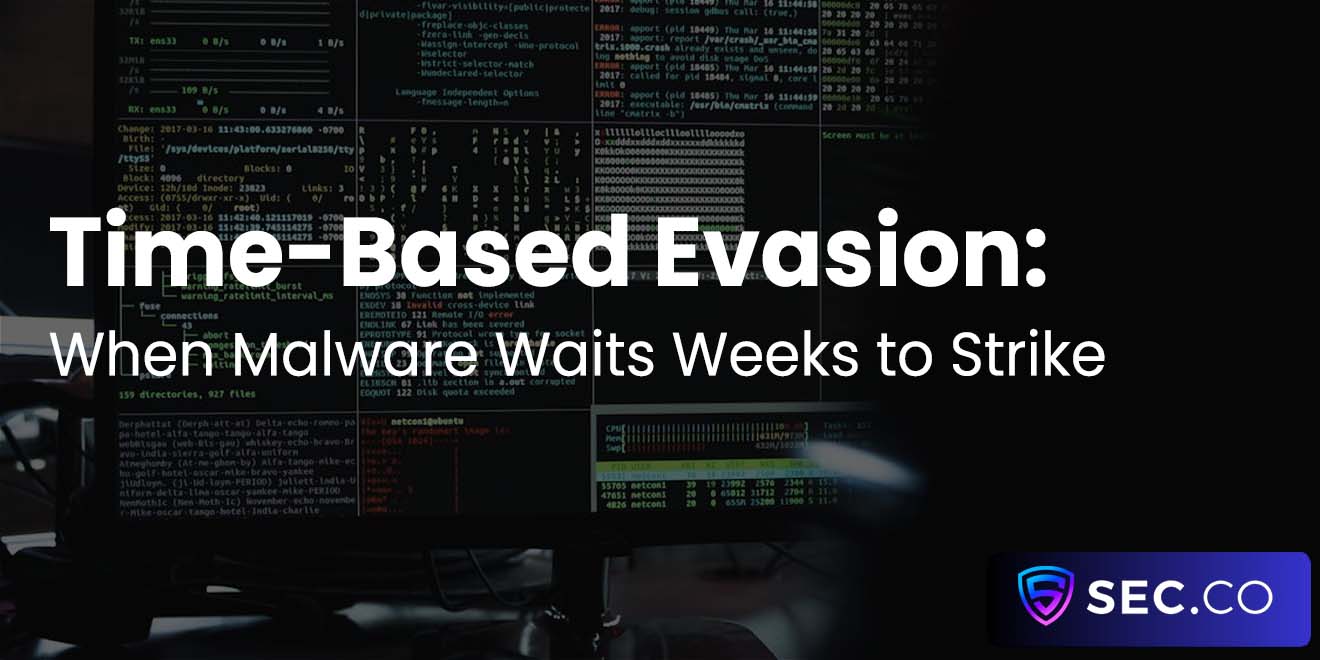AI vs. AI: How Machine Learning Is Both a Cybersecurity Threat and Solution
When we talk about artificial intelligence in cybersecurity, we’re not discussing some grand, cinematic battle of good and evil where glowing neural networks duke it out in cyberspace. No, this is far less glamorous and far more terrifying: a relentless, automated, algorithmic arms race where neither side takes a break for coffee or sleep.
Attackers vs. Defenders

The Good, The Bad, and The Algorithmically Ugly
Machine learning isn’t just another buzzword security vendors slap onto their products to justify a 5x price increase. It’s the backbone of modern cyber warfare. Attackers have weaponized AI to automate reconnaissance, craft ultra-personalized phishing campaigns, and mutate malware in ways that keep defenders playing a never-ending game of digital whack-a-mole. Meanwhile, cybersecurity professionals are deploying AI to sift through mountains of data, identify anomalies, and catch threats before they spiral into full-blown breaches.
Why We’re Not in Skynet Territory (Yet)
Despite what some breathless news headlines would have you believe, AI isn’t sentient, and it’s not about to start launching nuclear missiles out of spite. The truth is, AI doesn’t “think” like we do—it’s just really good at recognizing patterns, predicting outcomes, and executing predefined actions. But therein lies the rub: when both attackers and defenders leverage machine learning, the game becomes a constant, escalating battle of one-upmanship, with AI automating not just protection but also the very attacks it’s trying to stop.
The Dark Side: How Machine Learning Is Revolutionizing Cybercrime
AI isn’t just revolutionizing cybersecurity—it’s also giving cybercriminals the kind of firepower that used to require nation-state-level resources. The bad actors aren’t just keeping up; in many cases, they’re leading the charge.
Deepfake Phishing and AI-Powered Social Engineering
Remember the days when phishing attempts were riddled with typos and came from Nigerian princes promising you a fortune? Those were the good times. Today, AI is generating perfectly crafted spear-phishing emails that pass even the most skeptical eye test. Voice cloning technology lets cybercriminals impersonate executives with eerie accuracy, leading to social engineering attacks so convincing that entire wire transfers have been executed based on a well-faked “urgent” phone call.
Self-Learning Malware: The Nightmare That Keeps On Adapting
Polymorphic malware was already a headache when it merely changed its signature to evade detection. Now, thanks to AI, we have self-learning malware that can analyze its environment and adapt in real-time. These malicious algorithms use reinforcement learning to evade detection, shifting their attack patterns to exploit vulnerabilities dynamically. If you thought playing chess against AI was frustrating, try defending an enterprise network against one that rewrites its playbook with every move.
The Cybersecurity Counterattack: Fighting Fire with Fire
If cybercriminals are using machine learning to automate and enhance their attacks, it only makes sense to fight back with equally sophisticated defenses. The cybersecurity industry is leaning heavily on AI, using it to predict, prevent, and mitigate threats faster than human analysts ever could.
AI-Based Threat Detection: Faster, Meaner, and Less Likely to Take a Coffee Break
Gone are the days when signature-based antivirus solutions were enough to keep your systems safe. AI-driven threat detection uses machine learning to identify malicious activity based on behavioral patterns rather than static definitions. By analyzing network traffic, system logs, and user behavior, AI can flag anomalies that indicate an attack before it even reaches its final execution stage. Unlike human analysts, AI doesn’t get tired, doesn’t take vacation days, and doesn’t need a yearly bonus to stay motivated.
Predictive Security: When AI Tries to Read Hackers’ Minds
Reactive security measures are so last decade. The real power of AI in cybersecurity comes from its ability to predict threats before they materialize. Machine learning models can analyze historical attack data to anticipate new attack vectors and proactively harden defenses. It’s essentially like having a cyber fortune teller, except it’s based on data science instead of overpriced crystals and vague premonitions.
The Big Problem: AI Still Falls for Dumb Tricks
For all its intelligence, AI can still be deceived—sometimes in ways that make it look embarrassingly gullible. Cybercriminals have figured out ways to exploit the very technology designed to thwart them.
Adversarial Attacks: Fooling AI With Digital Optical Illusions
Adversarial machine learning is the art of manipulating AI models by feeding them subtly altered data that causes them to make wildly incorrect decisions. For example, researchers have tricked computer vision models into misidentifying stop signs as speed limit signs with just a few carefully placed stickers. In the realm of cybersecurity, hackers use similar techniques to bypass AI-based malware detection by modifying code in ways that keep the malware functional while rendering it invisible to automated defenses.
Bias, Blind Spots, and the False Sense of Security
AI is only as good as the data it’s trained on, which means it inherits the same biases, blind spots, and flaws that exist in its training set. If an AI security model is trained primarily on known malware samples but lacks exposure to emerging threats, it becomes as useful as a guard dog that only recognizes burglars wearing ski masks. The over-reliance on AI without human oversight can create a false sense of security, leaving organizations vulnerable to novel attack techniques.
So, Who Wins? AI or AI? (Hint: The Hackers Are Laughing Either Way)
The cybersecurity industry loves to paint AI as the ultimate weapon against cybercrime, but the reality is far messier. As machine learning continues to evolve, both attackers and defenders are locked in an arms race where the only certainty is that AI is here to stay.
The Future of AI in Cybersecurity: More Bots, More Problems
There’s no denying that AI is transforming cybersecurity, but it’s not a silver bullet. Future advancements in explainable AI (XAI) will help security professionals understand how AI-driven decisions are made, making them more transparent and less prone to unexpected failures. However, as AI capabilities improve, so too will the methods used by cybercriminals to manipulate them. In other words, we’re just getting started with this mess.
Human-AI Collaboration: Because Robots Still Need Babysitters
Despite all its capabilities, AI remains a tool—one that still needs human oversight to function effectively. Cybersecurity professionals who understand how to leverage AI without blindly trusting it will have the upper hand. Instead of viewing AI as a replacement for human expertise, the best approach is to treat it as an overpowered assistant that can process data at superhuman speeds but still needs a human analyst to make the final call.
The Inevitable Cybernetic Chaos Ahead
The battle between AI-powered cyber threats and AI-driven defenses isn’t going to end anytime soon. As both sides continue to escalate, organizations must stay ahead of the curve by combining machine learning with traditional security measures and good old-fashioned human intuition. One thing’s for sure: AI is both our best friend and worst nightmare in cybersecurity. Buckle up, because this cyber arms race is just getting started.
Trusted by the Web Community
See what we written lately
Request an invite
Get a front row seat to the newest in identity and access.















